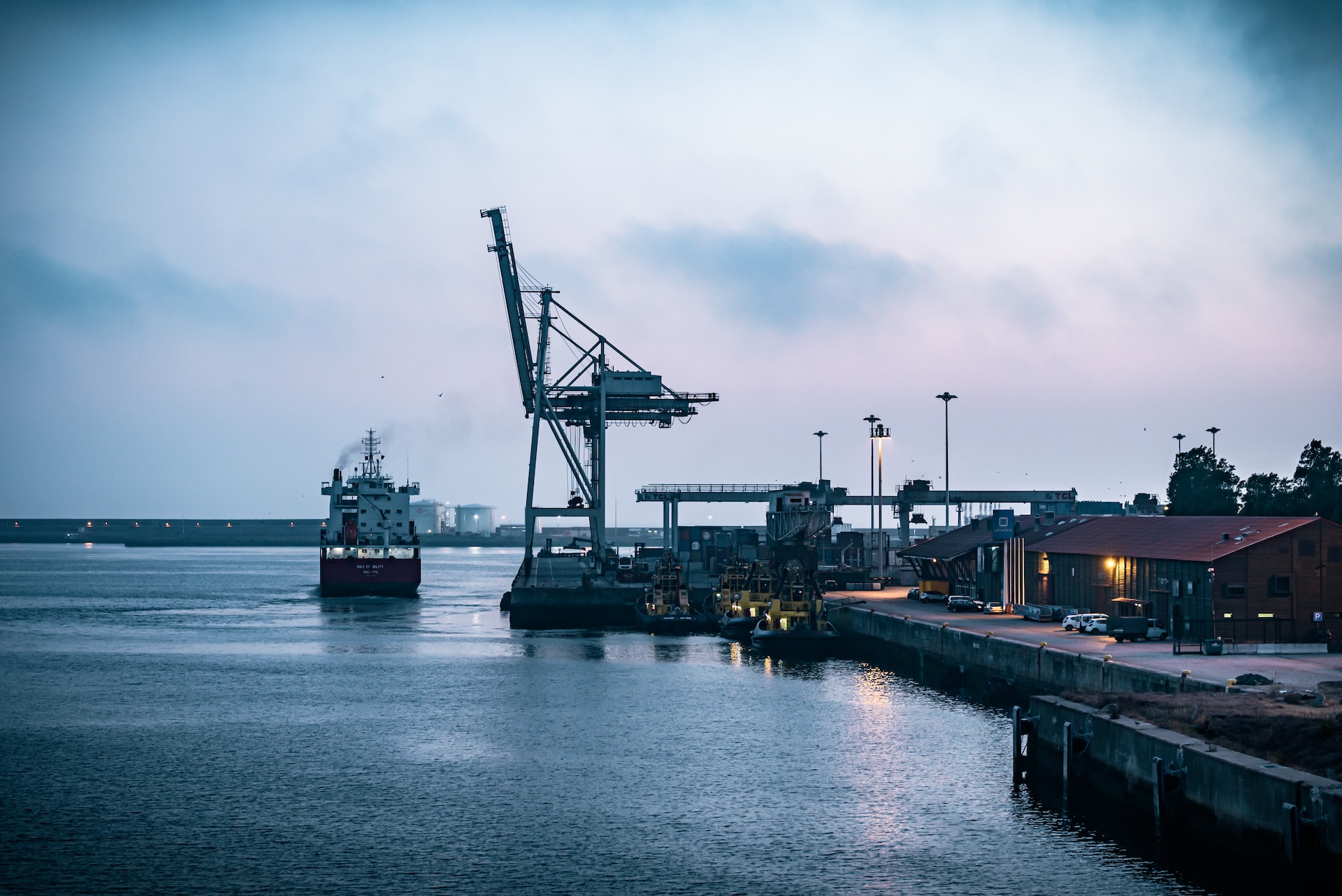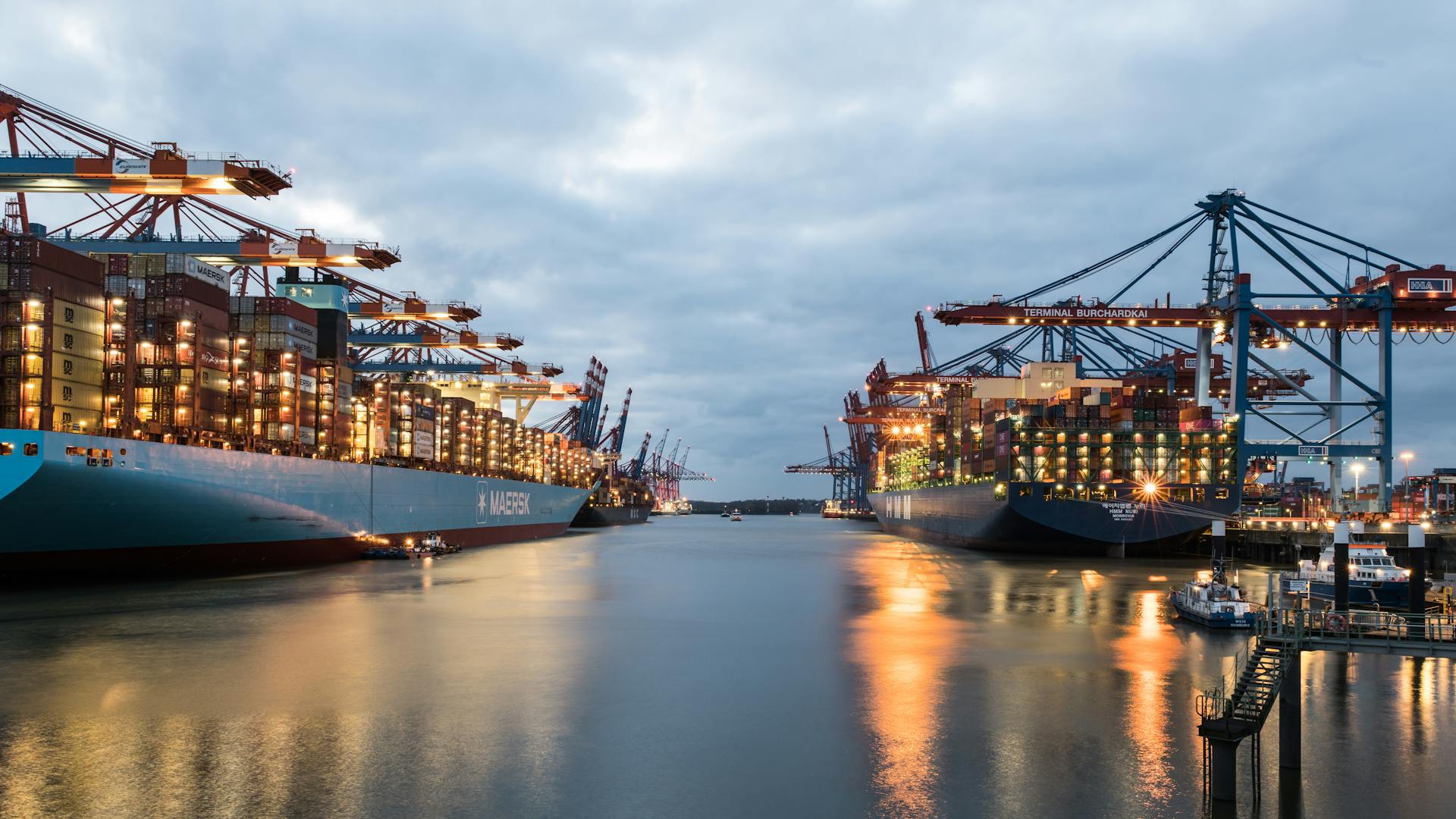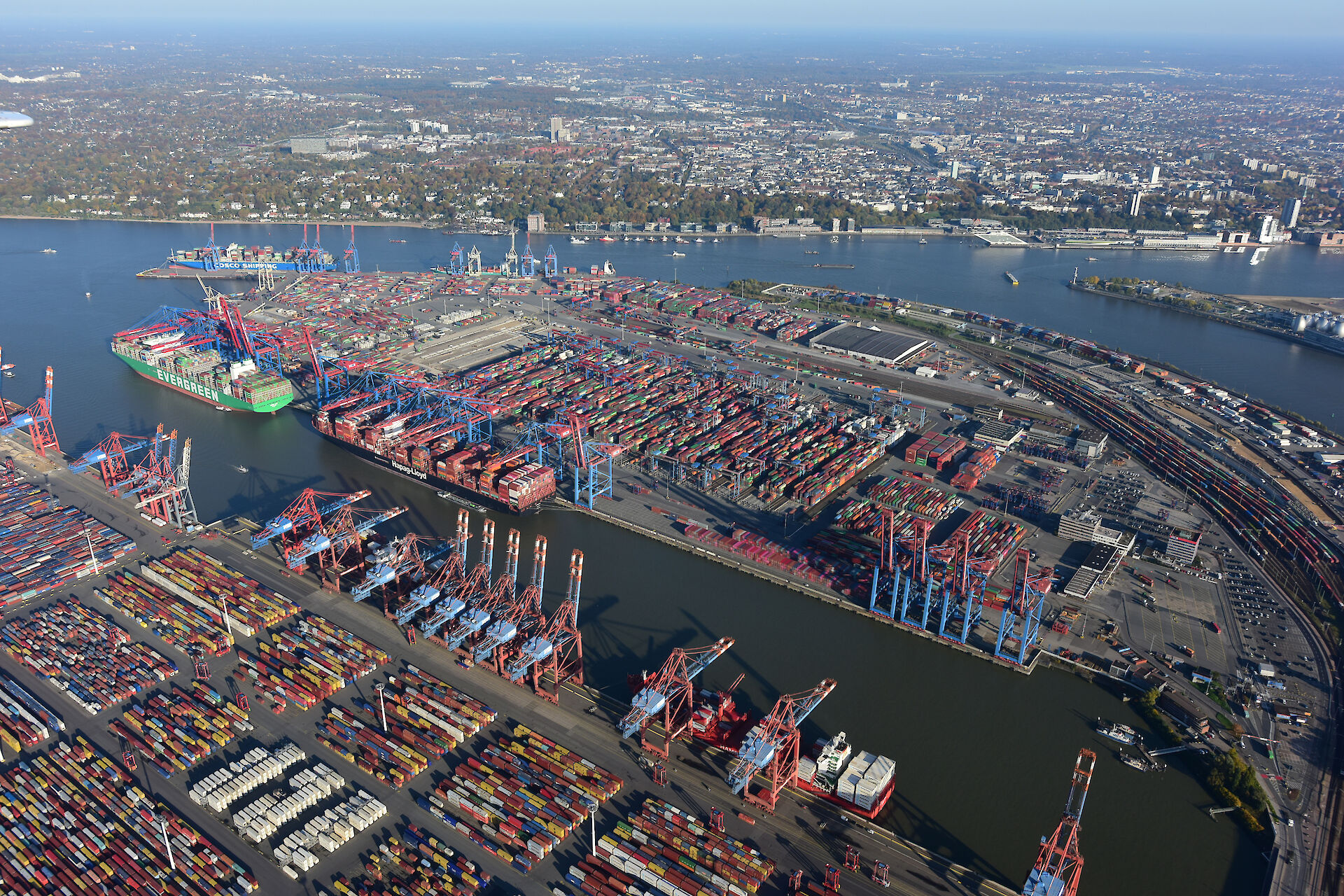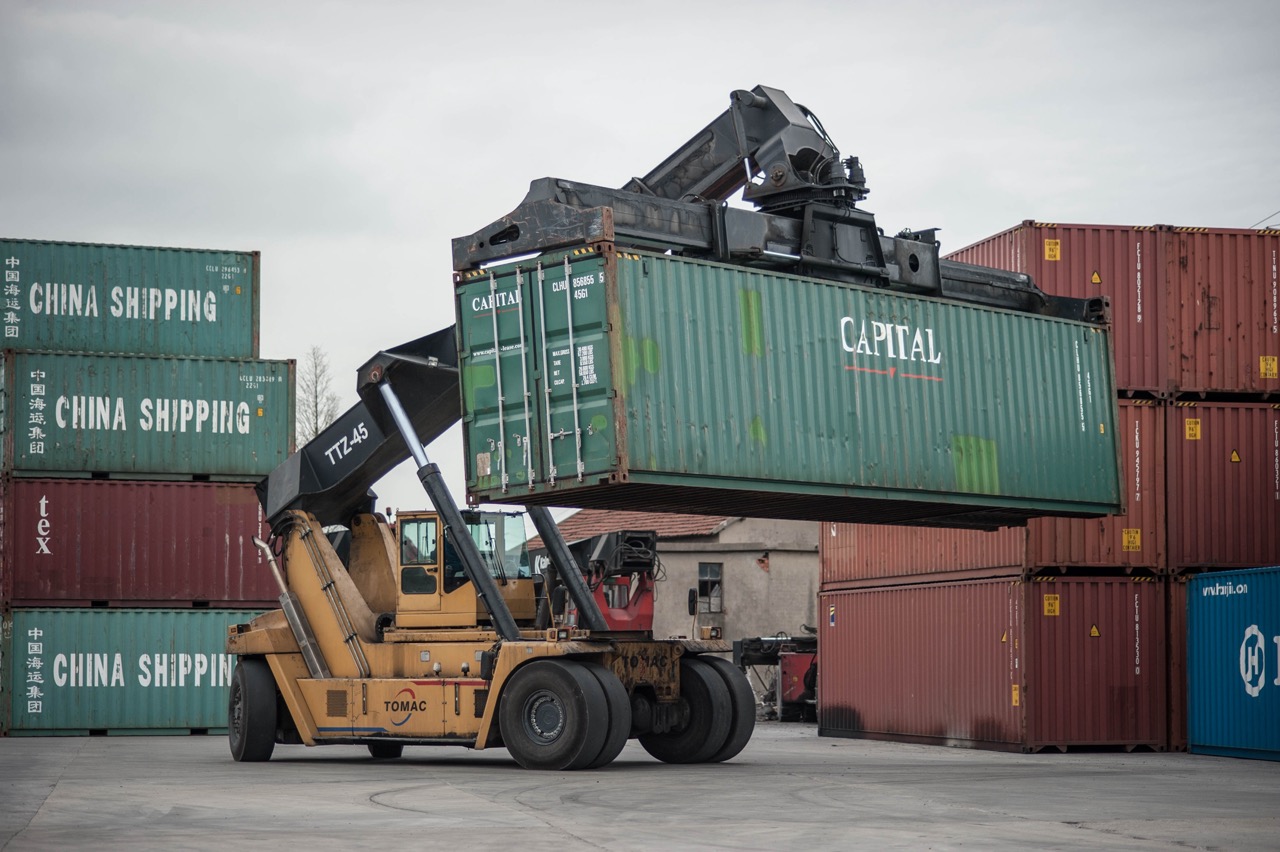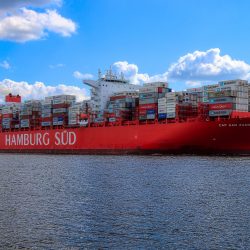Analysts have reacted to whether the increase in vessel delays is a result of the shipping boom
The Kiel Institute, which studies the global economy, notes that vessel delays in maritime transport have increased. According to the data, maritime delays increased in June 2023. However, analysts note there is no obvious reason for this, as global trade is still low.
Statistics from the Kiel Institute show that:
- In June 2023, 8% of cargo transported by ships on sea routes arrived at the final destination with a delay.
- In May, the figure was 7%.
- In the autumn of 2021, when logistics experienced record problems in the supply chain, delays occurred 14% of the time.
- In early 2022, the market was still feeling the effects of the shipping boom (delays were 12%).
According to analyst Vincent Stamer, the missed deadlines were due to increased traffic off the coast of China. At the same time, traffic in the Panama Canal slowed down due to restrictions. These restrictions resulted from a drop in water levels in the canal. These two factors may have contributed to increased vessel delays.
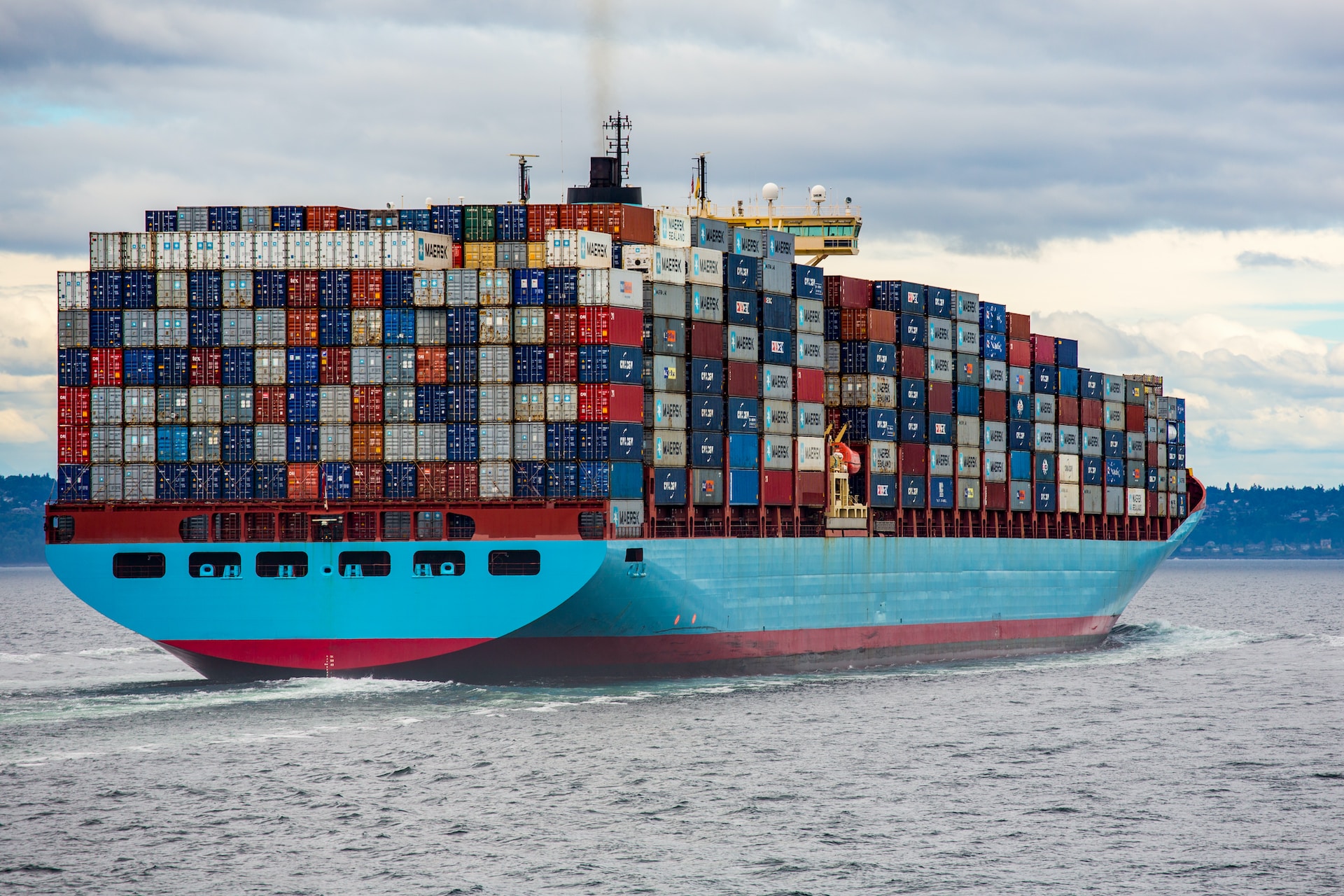
The increase in traffic near China is a consequence of the country’s active growth in export shipments. This has been particularly noticeable against the background of a slowdown in momentum as a result of the strict COVID-19 policy. With the lifting of restrictions at the end of 2022, global experts hoped that China would begin to rapidly build up its economic strength. Increased activity in the Chinese economy was supposed to be an excellent stimulus for the global market, but the situation did not change dramatically for several months. The first signs of change came in March when the volume of Chinese exports reached USD 315 billion. This was a record high for the country, as previous monthly shipments had not exceeded USD 300 billion.
How the increase in vessel delays could affect the market
The institute’s analysts have so far reacted cautiously to the changes. They believe that the increase in delays in the delivery of sea freight is not a clear sign of increased demand for shipping. The fact is that the global trade market is still in a state of uncertainty. In the first six months of this year, volumes increased by only 0.3%. This is not enough to call it a positive change. Over the same period, the EU’s imports and exports fell. Exports grew by 0.9% in the US, while imports fell by 2%. The only country where both segments grew was China. Exports to the world market grew by 3.5%, while imports increased by 3.7%.

